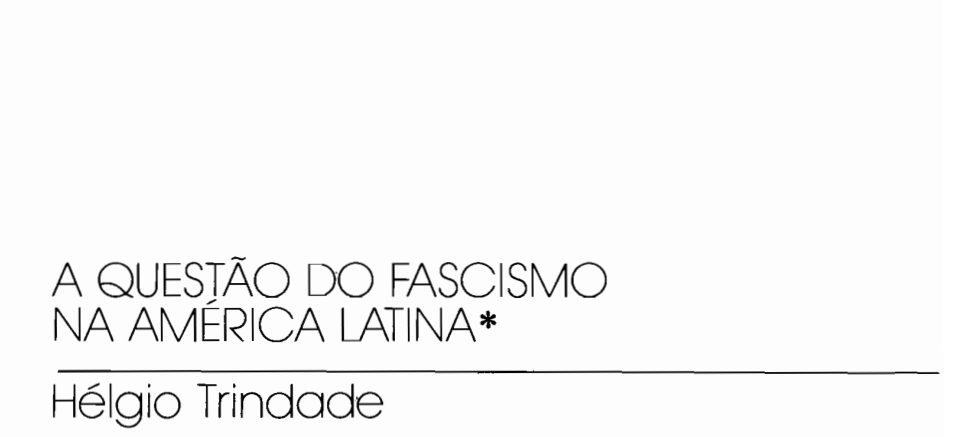Dados es una de las principales publicaciones de ciencias sociales en América Latina. Creada en 1966, publica trabajos inéditos e innovadores, procedentes de investigaciones académicas, de autores brasileños y extranjeros. Editada por IESP-UERJ, tiene como objetivo conciliar el rigor científico y la excelencia académica con un énfasis en el debate público basado en el análisis de temas sustantivos en la sociedad y la política.

Dados n. 14 Rio de Janeiro 1977

Resumen
This paper takes a closer look at the Brazilian industrial sector during the 1930s, in order to better determine its economic significance, as well as the possible existence of a clearly differentiated industrial elite. The authors first review a series of widely-held conceptions about Brazilian industry during the '30s, namely, the sector's irrelevance to the country's economy as a whole, the fact that most industrial activity was of the handicrafts type, and the low percentage of the economically active population supposedly absorbed by this sector. Then, an attempt is made to redefine the most important features of the industrial sector during the period in question, by analyzing seven types of industrial production (food; beverages; textiles; clothing, footwear and toiletries; chemical and pharmaceutical products, non-metallic minerals, metallurgical products) in terms of three economic indicators of scale (number of employes, applied capital, horsepower). Although it is true, even today, that Brazil's industrial sector is made up mainly of smaller concerns, a certain degree of concentration into large-scale enterprises could already be found during the period studied, particularly in such areas as the textile industry and, in this sense, an "industrial elite" could be said to exist. Nevertheless, other activities, such as the food industry, show greater scattering or a predominance of smaller concerns. The authors end by pointing to the need to reassess the political participation of the industrial elite within the power structure established as of 1930.
Magnitude das Empresas e Diferenciação da Estrutura Industrial: Caracterização da Indústria Paulista na Década de 30